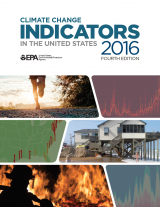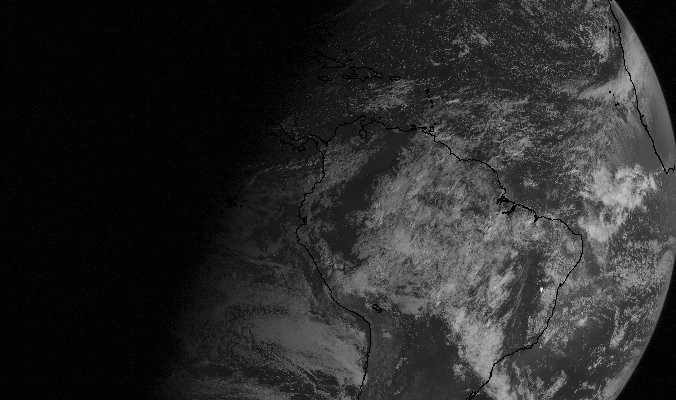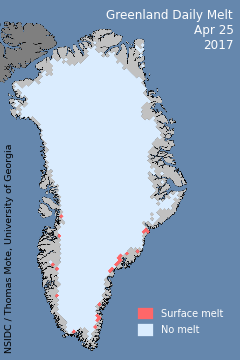Climate science
-

April is winding down, and while the final results are not yet in, it looks like the month as a whole will be well above normal across the Southeast. This means that for every month from February 2016 on, we have been above the 1981-2010 normals in temperature. At the same time, precipitation was above…
-

Here are a couple of resources I have seen recently that could be good for teachers or extension agents. Web Weather for Kids is a web site with information on basic weather produced by the University Center for Atmospheric Research (UCAR). It contains information on various types of severe weather and helps kids to understand…
-

This week the EPA removed many of their climate resources from their web page, including several that I have mentioned in this blog, such as the report on climate change indicators in the Southeast. Fortunately, a number of different groups have mirrored these sites, figuring that they would be taken down. So if you are…
-

Many of my scientist friends read this essay by Ethan Siegel in Forbes.com and nodded our heads yes. We spend a lot of our time debating about scientific principles with both other scientists and non-scientists, often to the point of pulling our hair out. And I like my hair! This essay distills the debate into two…
Posted in: Climate science -

A couple of weeks ago I posted a request for input into the Georgia Climate Research Roadmap, which is an effort to identify and rank “Georgia’s Top 40” climate research questions. According to their web site, this process begins with you: they are asking experts from across the state to submit candidate questions pertinent to…
-

If you are interested in watching the progression of the summer melting of the ice sheet on Greenland, you will find the web site for the National Snow and Ice Data Center useful. You can see daily updates of the melting conditions from satellites at https://nsidc.org/greenland-today/. Why do we care? A melting Arctic can change energy…
-

The bright orange and pink clouds in Edvard Munch’s “The Scream” have long been thought to be a product of a volcanic eruption, most likely the very large eruption of Krakatoa in 1883. Volcanic eruptions shoot sulfuric acid droplets and ash high into the atmosphere, producing spectacular sunsets around the world that have been linked…